Some 30% of the United States is considered to be arid land; most of that being in the west, especially the southwest, but reaching as far north and Montana and the Dakotas.
Survival in such regions is considerably different than surviving in areas where it rains often and there are a lot of rivers and lakes to harvest water from. People living in northern Minnesota, the land of 10,000 lakes, don’t face the same problems as someone trying to survive in Arizona might.
Yet there are a fair number of people living in these arid lands or lands which are arid during only part of the year. For these people, any survival scenario has to take water as a prime consideration. Failure to do so would be deadly. Someone living in Nevada or Southern California (amongst other places) could easily die just trying to get to water.

Although we tend to lump all these arid lands together, there are really a couple of different things we’re talking about here. One is how much surface water there might be in a given area, whether that is standing water (lakes and ponds) or running water (rivers and streams). If we look at a waterway map of the United States, the most outstanding feature is the great Mississippi, with all its tributaries. East of that, we find a lot of smaller rivers that flow into the Atlantic. But west of there it’s a different story. The major rivers of the Colorado, Rio Grande, and the combined Columbia and Snake rivers are nowhere near as big. Actually, to someone who is accustomed to the Mississippi, the Rio Grande is more of a stream than a river.
Cattlemen Had to Understand Water
With water at a premium in these parts of the country, how does that affect bugging out? How do you even plan a bug out, in places where water is so scarce? We can learn a lot about this, by looking at the great herd drives of the 1800s. During a forty-year period, over seven million cattle were driven to the railheads, mostly coming out of Texas and going to Kansas and Nebraska.
Water was a constant concern for the trail bosses of those drives. A couple thousand cattle can go through a lot of water, turning a fair-sized pond into mud. With each steer drinking 20 to 30 gallons of water, a herd can easily go through 40,000 to 60,000 gallons of water. That’s the entire contents of a one-acre pond, two feet deep.
In order to help insure they had enough water, those trail drives took place in the spring, as soon as the weather was warm enough that the grass was growing. Springtime gave the cattle drives the most rainfall, helping to ensure sufficient water for the cattle. Grass was just about as important as water, so that the cattle didn’t lose too much weight on the drive. Cattle had to arrive to the railhead in good condition, in order to garner the best possible price per head.
This required trail bosses to be intimately familiar with trail conditions, especially where they could find good grass and water. Drives were planned out from one water source to the next, doing everything they could to make sure that they didn’t have days without water. The cattle might survive a day here and there without water; but they can’t survive many of those and they especially can’t survive multiple days in a row without water.
What Does that Have to Do with Us?
Those of us living in arid parts of the country need to take a lesson from those trail bosses and how they planned out their drives. To start with, we need to become intimately familiar with all the available water sources between where we live and where we’re going to bug out to. That’s going to require more than just looking at some maps. The maps are a great starting point; but that’s all they are.
When I’m talking about looking at maps here, I’m talking about both looking at regular highway maps and looking at topographical maps. Don’t think that Google Maps will do either. They probably won’t show much more than printed highway maps. The topographical maps, on the other hand, will often show smaller water sources that are missed on the highway maps, including intermittent water sources and even some livestock watering tanks erected by ranchers.
You’ll need to do more than just a map survey to become intimately familiar with what water is available. You’re going to have to take some time to get boots on the ground and see those water sources for yourself. If you can, go to each of them at least twice, once during the rainy season and once during the dry season. A map isn’t going to tell you just how wide that stream is or whether the water in a pond is stagnant and filled with algae. Be sure to take notes on what you find; don’t rely on your memory.
Plan Your Route Accordingly
Like those trail bosses, bugging out in those dry lands requires finding a path where you can be assured of either camping near water or passing by water so that you can fill your canteens and water bottles every day. Whenever possible, you want to be traveling near a river or stream, so that you can have fairly easy access to water whenever you need it. That doesn’t necessary mean that you’re driving right next to the river; but rather, that you’re close enough to the river to get to it with nothing more than a minor detour.
While you want regular access to water, it’s best if you don’t camp right at the water. Not only would camping by the water make it too easy for others to find you, but it would also deny water to the wildlife living in the area. Most wildlife will avoid the scent of man, even if it means going without water.
Make sure that you take alternative water sources into account. No water source is 100% secure, where you can count on it being available no matter what. Pre-planning alternative water sources along the way could very well mean the difference between life and death.
Carry As Much Water as You Can
One of the standard features of any trail drive was the chuckwagon, originally invented by the rancher Charles Goodnight; the same rancher who was a co-founder of the Goodnight-Loving trail. The image that most of us have of these chuckwagons is the cupboard on the back, where the cook worked out of. But they had another feature as well, which is much more important to us. That is, there was at least one water barrel, and possibly two, mounted to the sides of the wagon. These water barrels only held 15 to 20 gallons each, as the weight of anything more would probably cause the barrel to tear loose from the side of the wagon. But with careful rationing, that would be enough water for a couple of days.
If you’re bugging out on foot, your ability to carry a lot of water is severely limited. But if you’re in a vehicle, there’s no reason why you can’t have a couple of 5-gallon jugs, which you keep filled with water. You want to be careful that you don’t add too much weight to your vehicle; while at the same time, carrying along as much water as you safely can carry.
Always make sure that when you stop at water, that the first thing you do is fill your canteens, water barrels and anything else you’re carrying water in. You never know if something might happen, which could force you to leave quickly. Should that happen, you want to be sure that you have a full load of water to take with you.
Conserve Water
Along with making sure that you know where to find water, it’s important to make sure that you get the most mileage out of the water that you have, especially the water that you’re carrying with you. This means conserving water any time you’re traveling from one water point to the next. As much as possible, you want to use your available water only for drinking and cooking.

That means avoiding things like bathing and washing clothes, unless you are at a water source with sufficient water for those activities. Once again, you want to be careful about your use of that water, so that you’re not making it impossible for the wildlife to use it. Avoid using soap in the water or rinsing out soap from clothes in a body of water. That soap could be harmful to the wildlife that depends on that water. Instead, scoop water out of the pond or stream and rinse in a bucket, dumping the water out on the ground when you are done with it. Do the same for bathing, washing yourself outside of the water, so that you don’t get soap into it.
While your big concern is going to be your own survival, it’s important to remember that you and your family aren’t the only ones out there who are trying to survive. Water is something needed by all, making it both dangerous and a precious resource. Take care to treat it that way.


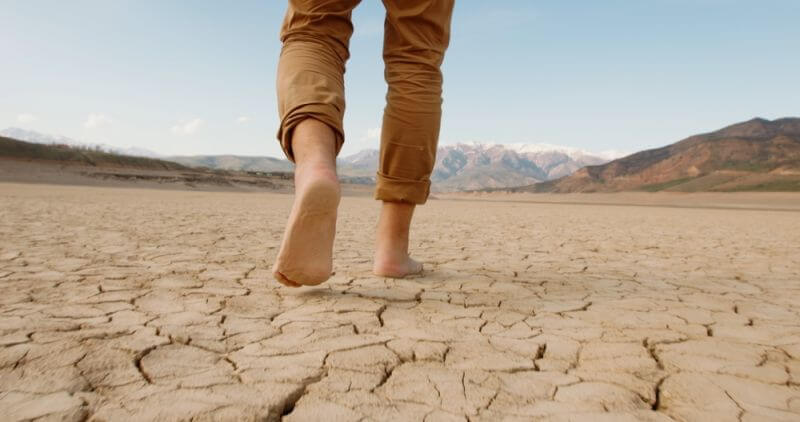
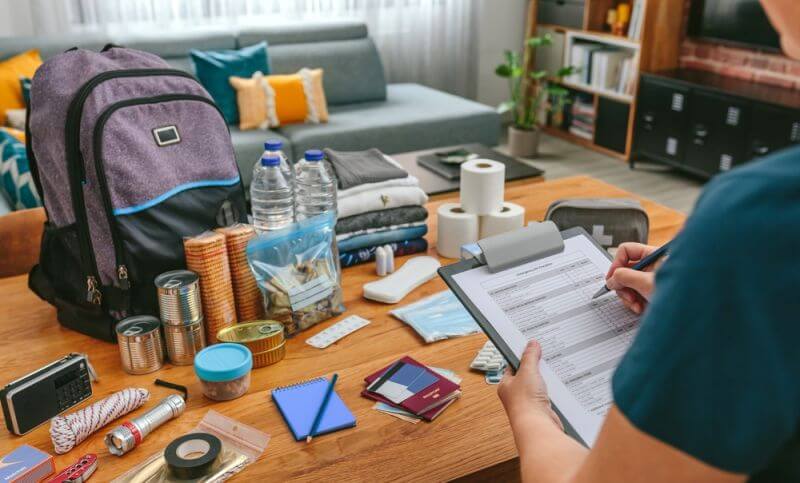
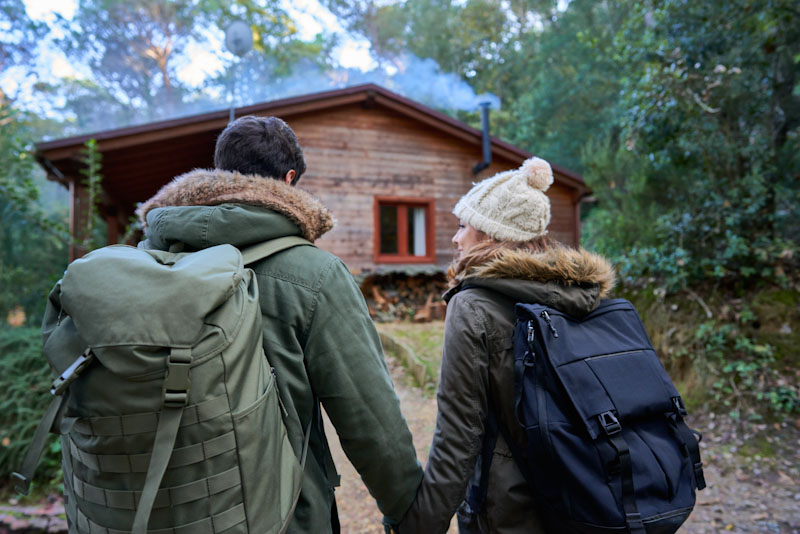
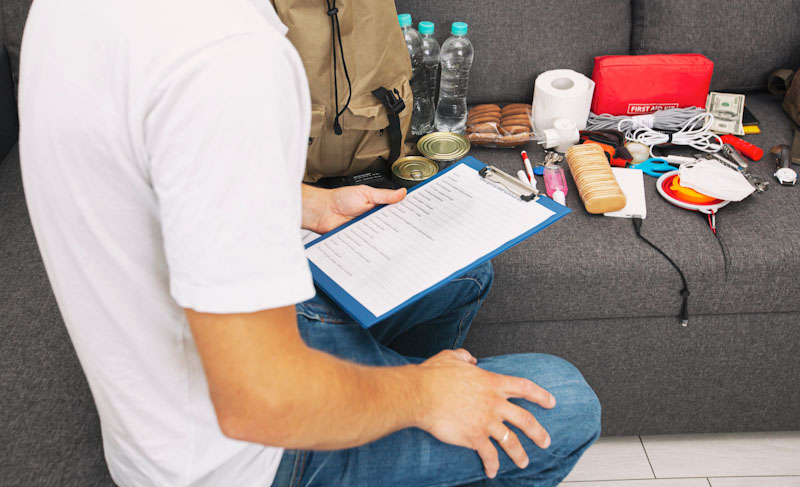
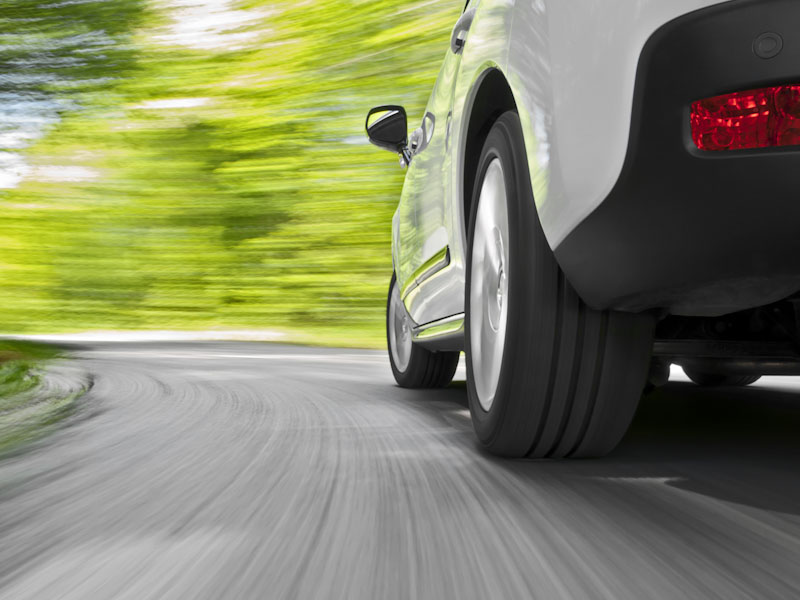

R. Salmon | August 20, 2024
|
Good article and good points, however, I am not sure about your comment on Google Maps. Using the satellite overlay in Google Maps will give you a pretty current picture of the terrain, including creeks, ponds, and water tanks, and odds are those satellite imagery is going to be much more current than a USGS topographical map. Being satellite imagery, you can possibly pick up trails and other avenues of approach to that water source that won’t be on a highway map, and depending on the age of your topo map, may be missing there or outdated due to a change in the environment or other situations. I never rely on a smart phone or my GPS device as my sole source of maps, but as long as it’s available, I believe it’s wise to leverage it with paper maps backing that up. Especially in the right scale.
Ray from Survivopedia | August 27, 2024
|
I think the author was trying to say to not completely rely on digital solutions.
However, you do make a very good point that you could use newer maps but the problem most have is that they’re available online only. However, the internet has some solutions to that in that you can download or create custom files for Google Earth that can be stored locally, if you’re technically inclined.
Thank you for pointing this out.
Ray from Survivopedia.
Paul J | August 27, 2024
|
I was trying to find that “secret to finding 10,000 gallons of water, in desert conditions”, which you spoke of, in your title, but couldn’t seem to find it, until I re-read it, and there it was!
Find a river or stream! How silly of me!
I’ll surely have to put that in my notes! Thank you so much!
Big B | September 2, 2024
|
I often find this writer has these stupid bait and switch articles….Makes me question his abilities. I think I will start checking who wrote the article before wasting my time..
Tom MacGy | August 21, 2024
|
Make sure you have some way to filter the water you drink. Even in an area where human activity is minimal, water can be contaminated by animals and whatever chemicals and other contaminants it flows through.
Do your traveling during the coolest parts of the day, heading for cover during the hottest times. You will BURN THROUGH water if traveling in the desert during midday!
Face it folks, in a survival situation, you’re gonna STINK. That water is more important IN your body than ON it. Bathe only if utterly necessary or if water is plentiful. Believe it or not, people of yore bathed only occasionally, the adage being “If EVERYONE stinks, then NOBODY does.”
Bug-in if at all possible. Desert travel, even for the well prepared, is INCREDIBLY risky! If you’re not experienced in doing so, it’s likely a suicide march!
John | August 29, 2024
|
What a misleading title!!!!! If you can’t do better, stop!